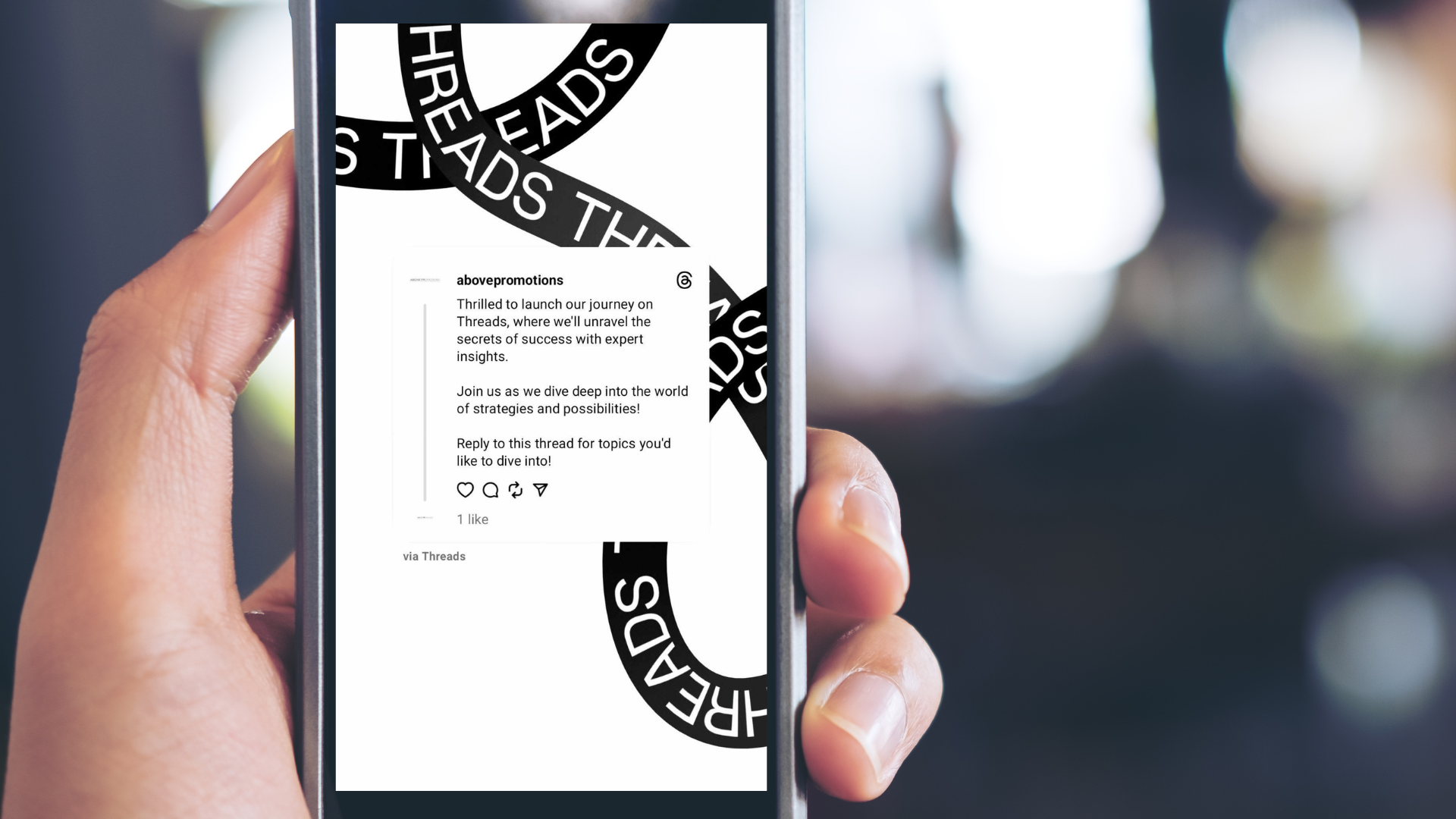The introduction of Threads by Meta, the parent company of Facebook, has provided users with an alternative platform amidst the turmoil faced by Twitter under Elon Musk’s ownership.
Threads has seen an impressive start, attracting more than 30 million sign-ups in the first two days.
Here’s how we see the distinction between Threads vs. Twitter so far:
Account Management
When signing up for the Threads app, you can conveniently log in using your Instagram credentials. During your initial login, you’ll be prompted to decide whether to import your Instagram profile details and follow the same users you already follow on Instagram.
With Threads being closely tied to Instagram. Deleting a Threads account requires deleting the associated Instagram account, while Twitter operates independently. However, Meta is actively exploring options for separate deletion of Threads accounts, as said by Adam Moserri, chief of Instagram.
Availability
Threads is currently solely available as a mobile app, downloadable from the iOS and Android app stores, while Twitter is accessible across web and mobile platforms.
Text-based Posts
The purpose of both Twitter and Threads is essentially the same: allowing users to share short messages that others can view and interact with. The main difference lies in the character limits imposed by each platform. Threads offer a generous character limit of 500, whereas Twitter restricts users to just 280 characters per tweet.
Content Discovery
Content discovery on Threads and Twitter differs significantly. Twitter allows for extensive curation of the post feed, granting users control over the type of content they want to see. You can choose between a personalized “For You” feed combining suggested posts and content from followed accounts or a “Following” feed that exclusively displays posts from accounts you follow.
In contrast, Threads features a unified feed that integrates content from followed accounts and trending posts, resembling a blend of Instagram’s main feed and Discover page. The only means of controlling Thread content is blocking accounts and muting words, which are also available on Twitter.
As a result, Threads is currently less suitable as a destination for news or trending topics than Twitter.
While Threads and Twitter share the common purpose of sharing short messages, they differ in various aspects. Understanding these distinctions can help users decide which platform aligns better with their account management preferences, content discovery needs, and desired posting capabilities.
In light of the differences between Threads and Twitter, which platform would best suit your social media needs?



